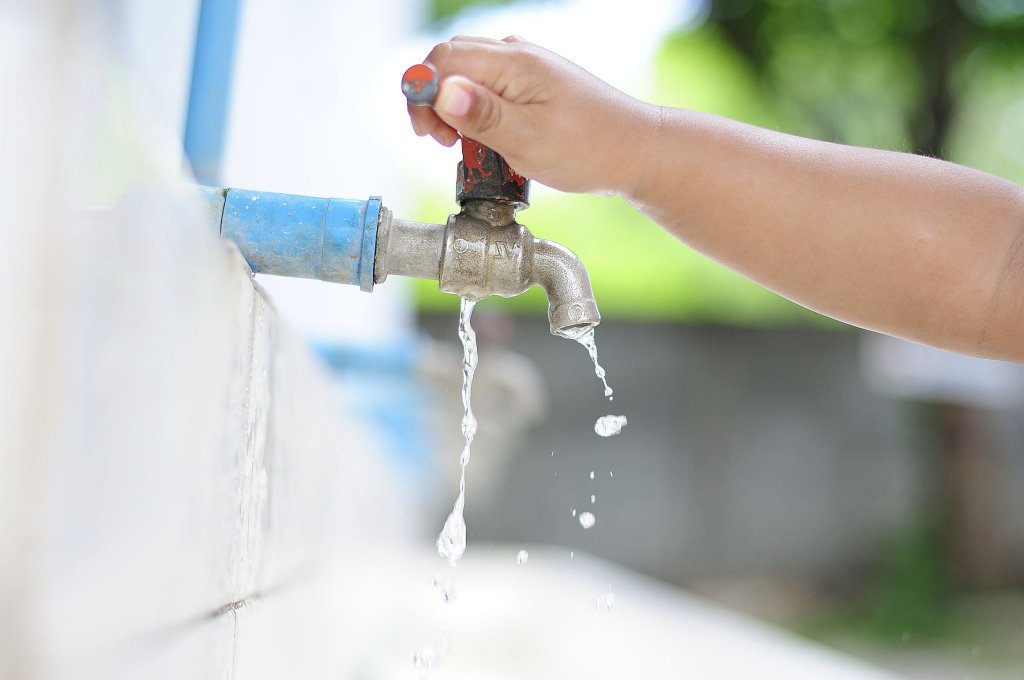Over the years, natural disasters have been on the rise costing an amazing $575 billion in losses. Disasters range from storms to wildfires in the United States. These disasters have also cost 58,500 deaths due to extreme weather conditions, globally. As the climate suddenly changes, the final results have become very clear. Increasing risks from natural disasters in the United States are also very clear.
It’s very important for you to understand that natural disasters can take many years for people to recover from. Left behind is the destruction caused by extreme weather including the extensive damage to infrastructure even though the storm might only last a few minutes. On top of that, municipal water sources are in harm’s way due to extreme weather conditions.
The Effects On Drinking Water –
In 2021, the United States Government recommended boiling water before drinking it after a destructive event. In Houston, Texas, residents were warned of the dangers of drinking water in the aftermath of a major storm while they witnessed the destruction of their infrastructure.
Even though water supplies are prone to damage due to natural disasters, storms will affect the movement of water in many areas. That storm in Texas caused abnormal low-temperature levels, it also led to bursting pipes, and polluted water. Residents were confronted with the choice of defrosting snow and ice cubes or drinking contaminated water loaded with bacteria and other harmful elements. Aging transport pipes also caused the contamination of drinking water. Today, there are so many water filtration solutions on the market, that no one should have to go through this especially to keep their flowers fresh.
Uncontrollable Power Outages –
Power outages are nothing new to anyone who suffers from natural disasters. Major power outages have shown that the level of vulnerability for water infrastructure is directly related to these outages. In many cases, residents have experienced abnormal levels of untreated water coming into their homes directly after a major power outage. That said, no matter where you live, you can still protect yourself from these disasters by being prepared. Losing power is something everyone has experienced at one time or another. Tornadoes, hurricanes, snow storms, and ice storms will cause blackouts, and water facilities will go down which will affect your water supply.
Taking Needed Precaution Is Critical –
So, what are you expected to do if you have just gone through a natural disaster and you don’t have any safe drinking water? It’s a known fact that the most critical element for the survival of mammals, especially human beings, is water. The human being can survive for three days without water but anything beyond that length of time could lead to serious complications and even death. On top of that, drinking water that has probably become contaminated during a natural disaster can cause serious health issues which is the last thing you need during a disastrous event. During times like this, it’s imperative you avoid drinking or using water from your tap, no matter what. So, how do you deal with a loss of water during dire situations like this?
Create And Store Water Supplies –
Having a good supply of water on hand is the only way to prevent your family from facing a dangerous lack of water. On average, a human being needs to drink a half gallon of water each and every day in order to survive. You need to have a sufficient supply of water in case of an emergency. It can be difficult to have a good supply of water especially if there are a number of people in your home. If you choose to store water in containers for a good amount of time, make sure the containers are tight and will not allow bacteria to enter them. Check to learn about under sink water filter.
Consider Getting A Water Filter Straw –
There is no doubt, that having a Water Filter System is the very best option for you. Another good choice for clean water is getting a Water Filter Straw. These straws are great options during a bad situation caused by a natural disaster, a blackout, or you are waiting for water delivery. Water Filter Straws offer a 0.1-micron ultrafiltration membrane that is capable of reducing up to 99% of any water-borne contaminants. This includes rust, organic growth, sediments, bacteria, and the straw will reduce these elements significantly. A Water Filter Straw is a high-grade coconut shell-activated carbon that will remove contaminants as well as foul odors and bad tastes.
The Water Filter Straw is a perfect choice that comes in a compact size and delivers a large supply of drinking water. To get consistent, safe, improved drinking water, this straw will effectively filter 100,000 gallons of drinking water for an endless supply of water. The water is great for drinking, camping, traveling, hiking, cooking, and other outdoor activities. In an emergency, the Water Filter Straw will give you a reliable source of water, especially during a dire situation.
In Conclusion –
Disasters are bad situations that many people go through from time to time. Depending on where you live, you might experience serious weather every year even with the heat shed. Being prepared for the possibility of not having a safe water supply, is something you must take into consideration by creating a plan. Purchasing a good water filter system is probably your best option. Stock up on water if you can, and have portable water filters like the Water Filter Straw. You wouldn’t let your children go outside after a massive flood and wade in dangerous waters, so why would you put them in harm’s way by not having a good backup plan to ensure everyone in your family has a filtration system to get through the crisis.

